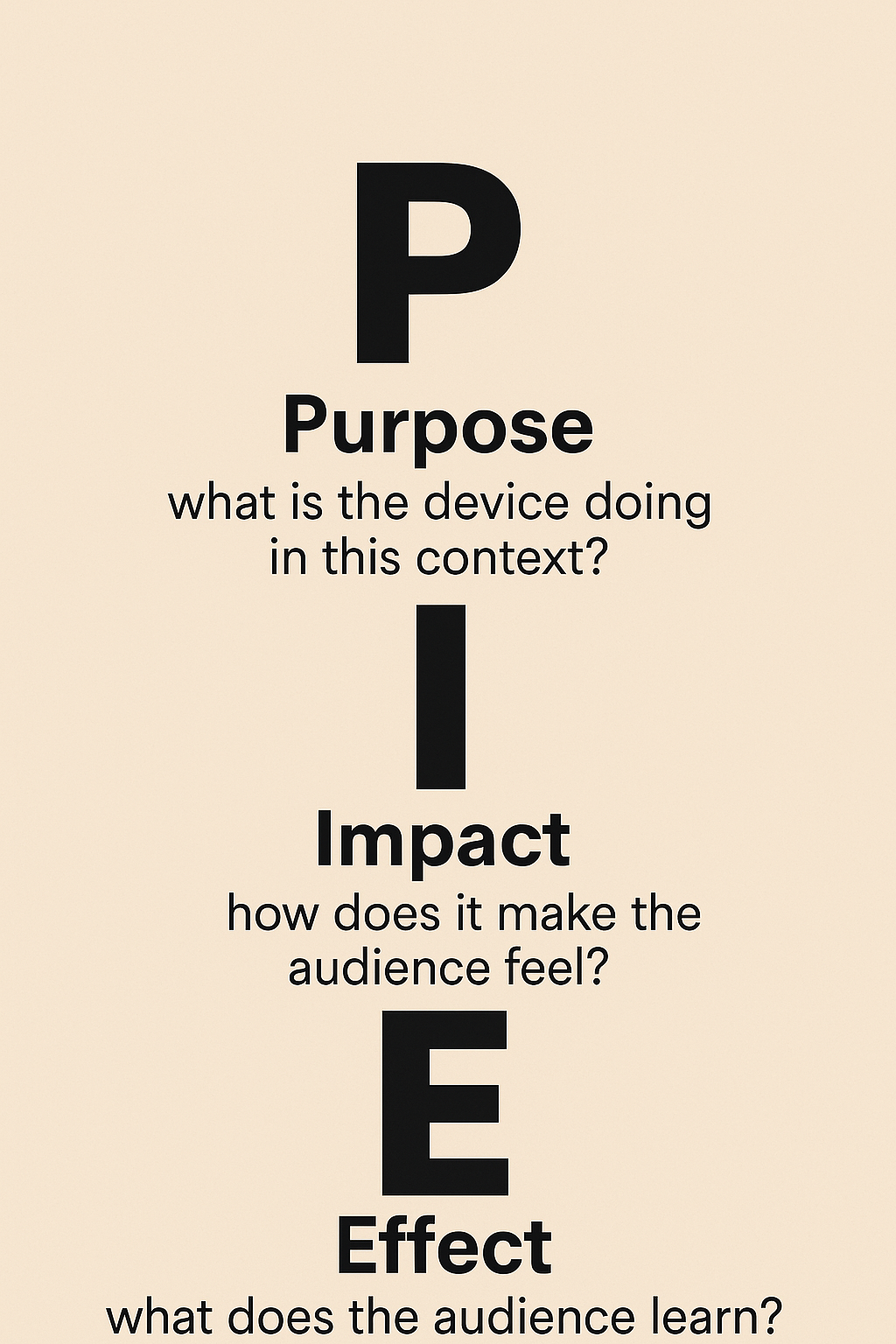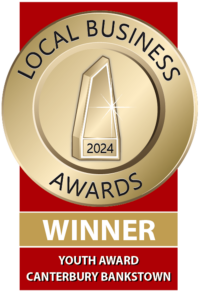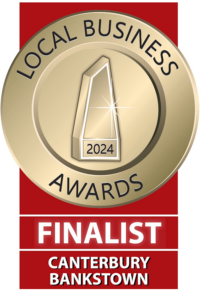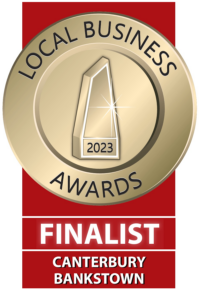
There’s a common misconception that English doesn’t require formulas as it’s often seen as a purely creative subject. But this is untrue! My experience has taught me that success in English, especially at high school levels, absolutely benefits from clear, structured approaches.
In my first lesson with any new student, particularly in the senior years, it can be tricky not knowing what their prescribed text is yet. So, I start with a Paper 1 past paper. It gives me a window into their ability to work with unseen texts and extract meaning on the spot. We focus on annotating short answer sections, which helps me quickly assess two key skills:
1. Can they identify literary devices on the spot?
2. Can they unpack the deeper meaning behind them?
With students in Years 7–10, I often use the hard-copy textbooks in Room T, or I use ChatGPT to create unseen questions tailored to their level. These are great for giving them consistent practice in annotation and comprehension.
When teaching literary devices, I go through each one in a memorable, student-friendly way. For instance, metaphors can be tricky to spot so I say, “If the sentence has a hidden meaning beyond what’s literally there, meaning starts with ‘M’, so does metaphor.” It’s a small trick, but it sticks.
I then introduce my PIE method for annotation:
P – Purpose (what is the device doing in this context?)
I – Impact (how does it make the audience feel?)
E – Effect (what does the audience learn?)
Students often mistake a device’s definition for its purpose. For example, personification isn’t just “giving human traits to something non-human” but rather, what specific trait is being given here, and why?
To help them remember audience response, I use the car crash analogy: If you crash without a seatbelt, the impact might be a broken arm, and the effect is learning to always wear a seatbelt. It’s about linking techniques to meaning, emotion and takeaway which is a kind of formula in itself.
The point is that english doesn’t have to be a subject where you wait for a student to have an assessment. Formulas and structured lessons are needed to develop core skills needed to tackle the assignment once it approaches.
Briana Vaz









